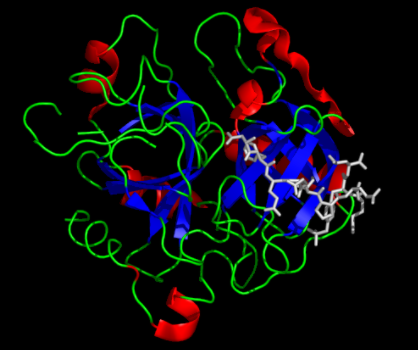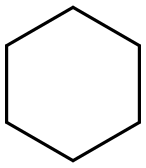Industrial production of Cyclohexane
Oct 30,2019
Cyclohexane is a cycloalkane with the molecular formula C6H12. Cyclohexane is a colourless, flammable liquid with a distinctive detergent-like odor, reminiscent of cleaning products (in which it is sometimes used). Cyclohexane is mainly used for the industrial production of adipic acid and caprolactam, which are precursors to nylon.
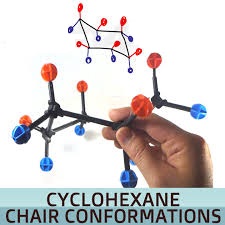
Application
Most cyclohexane goes into the production of intermediates for nylon, which has a variety of common applications such as clothing, tents and carpets as well as thermoplastics. Cyclohexane is also used as a solvent in chemical and industrial processes and recently has been substituted for benzene in many applications. Chevron Phillips Chemical also offers other solvents through our Specialty Chemicals Division.
Industry Production
All cyclohexane is produced in benzene hydrogenation units. In the process, high-purity benzene feed and purified hydrogen (typically recovered from reformers and ethylene crackers) are brought to reaction temperatures and charged to the reactor. The conversion of benzene to cyclohexane is stoichiometric and almost complete; finished cyclohexane typically contains less than 50 ppm of benzene. A small amount of lower purity cyclohexane is recovered from petroleum streams by fractionation and extraction.
Over 90% of the cyclohexane production is used to produce intermediates for nylon 6 and nylon 6,6. Nylon 6 is made by polymerizing caprolactam which is derived from the nitration of cyclohexane. Nylon 6,6 is made by polymerizing equal molar quantities of adipic acid and hexamethylene diamine (HMDA). Adipic acid is made by a two-step air and nitric acid oxidation of cyclohexane. The adipic acid is converted to HMDA by the reduction of adiponitrile (an intermediate). Adipic acid produced from cyclohexane is also used to manufacture esters for plasticizers and synthetic lubricants, as well as produce polyurethanes (synthetic leather).
- Related articles
- Related Qustion
- Cyclohexane Safety Data Sheets Mar 11, 2024
Cyclohexane is a volatile, flammable and explosive toxic chemical with an irritating odour.
- How to Determine the Polarity of Cyclohexane? Dec 22, 2023
Cyclohexane is used extensively as a solvent for lacquers and resins, its polarity can be judged from two aspects: bond polarity and molecular geometry.
- Toxicity of Cyclohexane Jan 13, 2022
Cyclohexane is obtained by the distillation of petroleum or by hydrogenation of benzene. It constitutes 0.5–1.0% of petroleum.
Benzene is a natural constituent of crude oil and is one of the elementary petrochemicals. Due to the cyclic continuous pi bond between the carbon atoms.....
Oct 30,2019Organic reagentsThrombin is the principal enzyme of hemostasis. It catalyzes the conversion of fibrinogen to fibrin and activates procoagulant factors V, VIII, XI, and XIII. Additionally, when bound to thrombomodulin, it activates protein C, an anticoagula....
Oct 30,2019Biochemical EngineeringCyclohexane
110-82-7You may like
- Cyclohexane
-
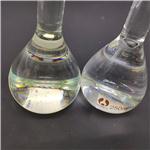
- $10.00 / 1KG
- 2025-12-11
- CAS:110-82-7
- Min. Order: 1KG
- Purity: 99%
- Supply Ability: 10 mt
- Cyclohexane
-
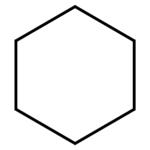
- $0.00 / 200kg
- 2025-11-19
- CAS:110-82-7
- Min. Order: 20kg
- Purity: 99.0%
- Supply Ability: 20 tons
- Cyclohexane
-
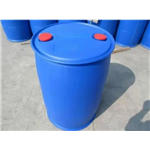
- $230.00 / 1ton
- 2025-09-26
- CAS:110-82-7
- Min. Order: 1ton
- Purity: 99%
- Supply Ability: 3000tons





